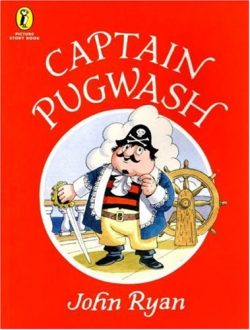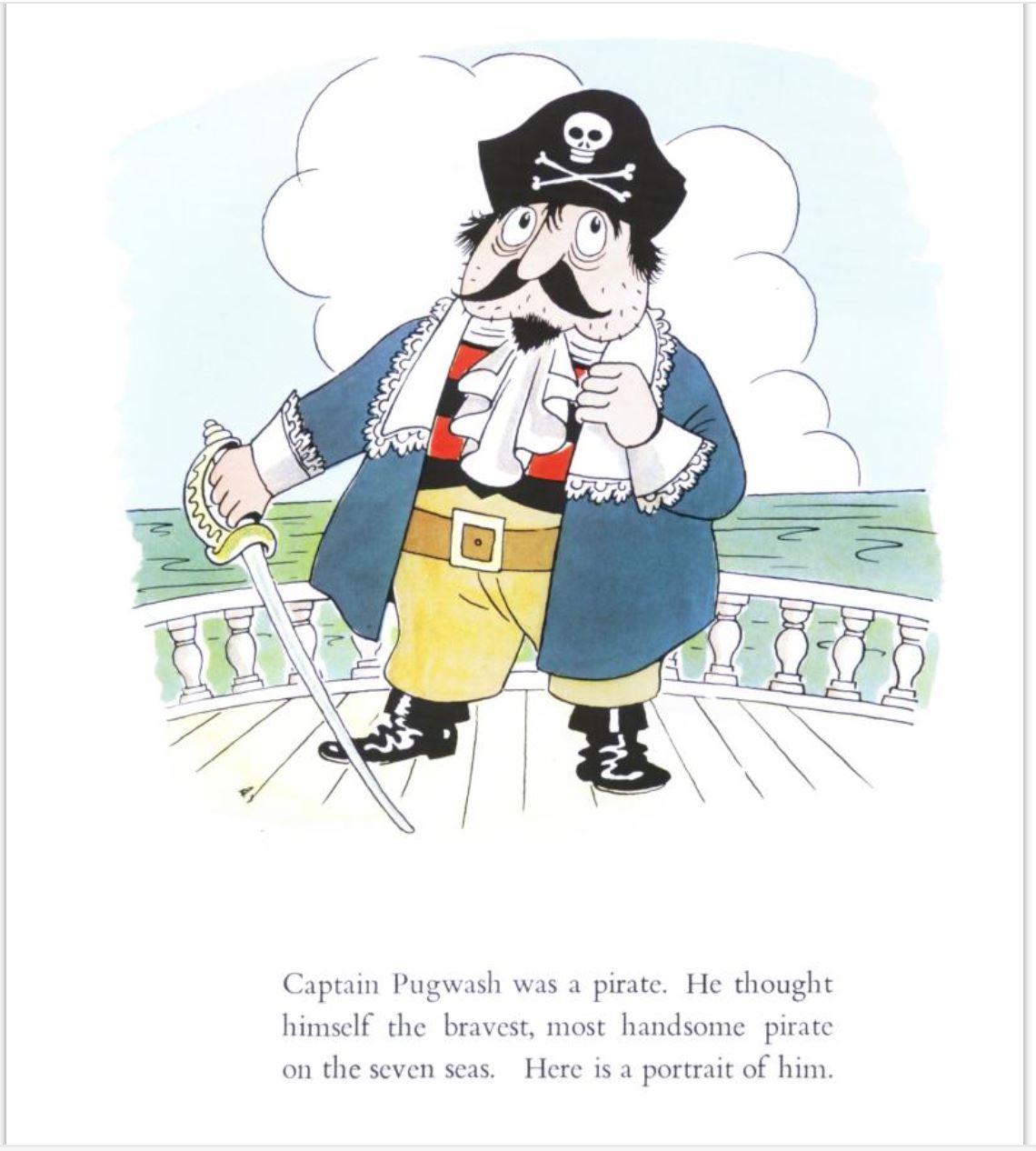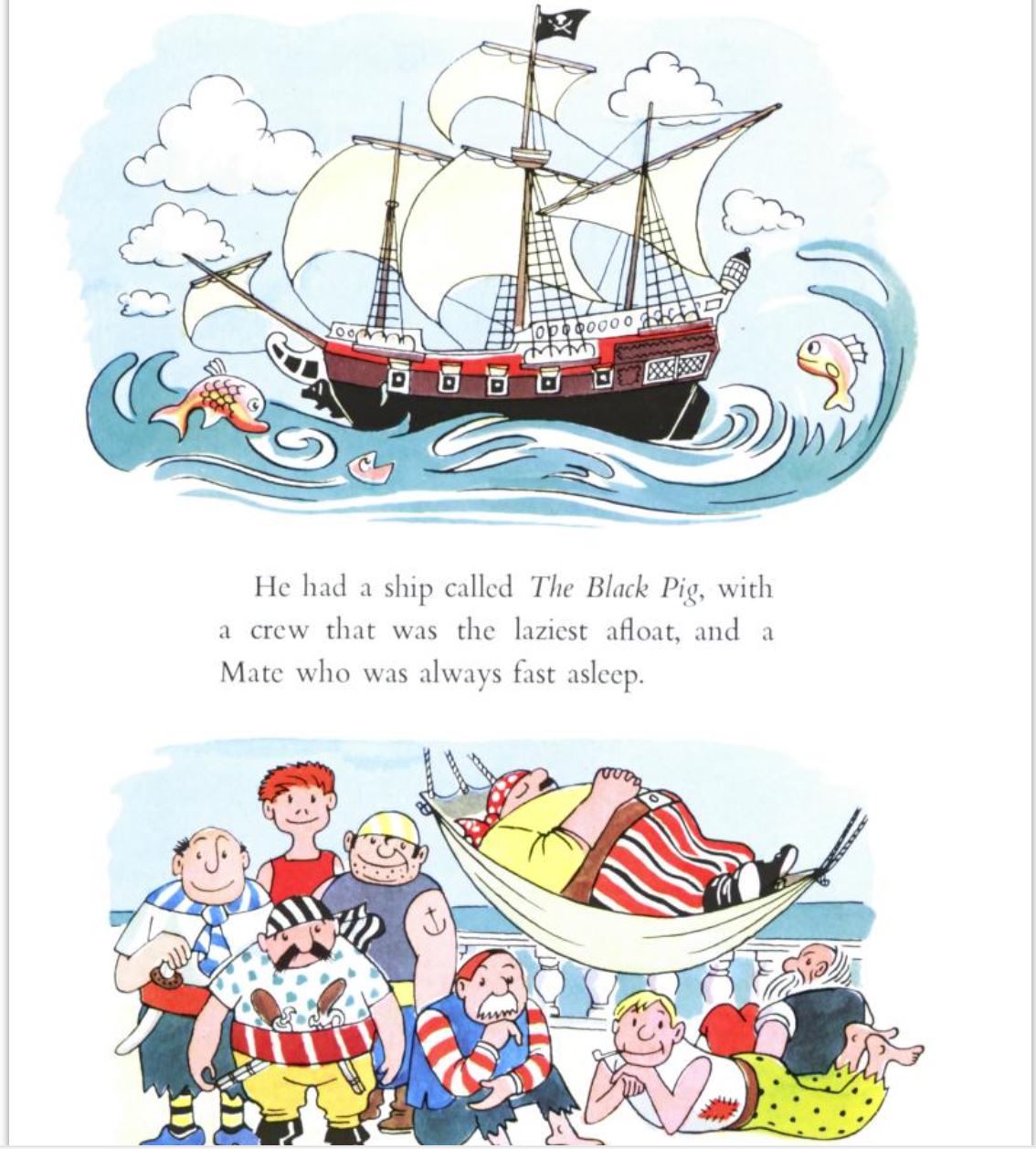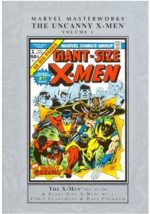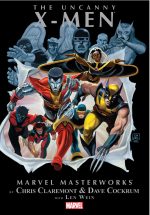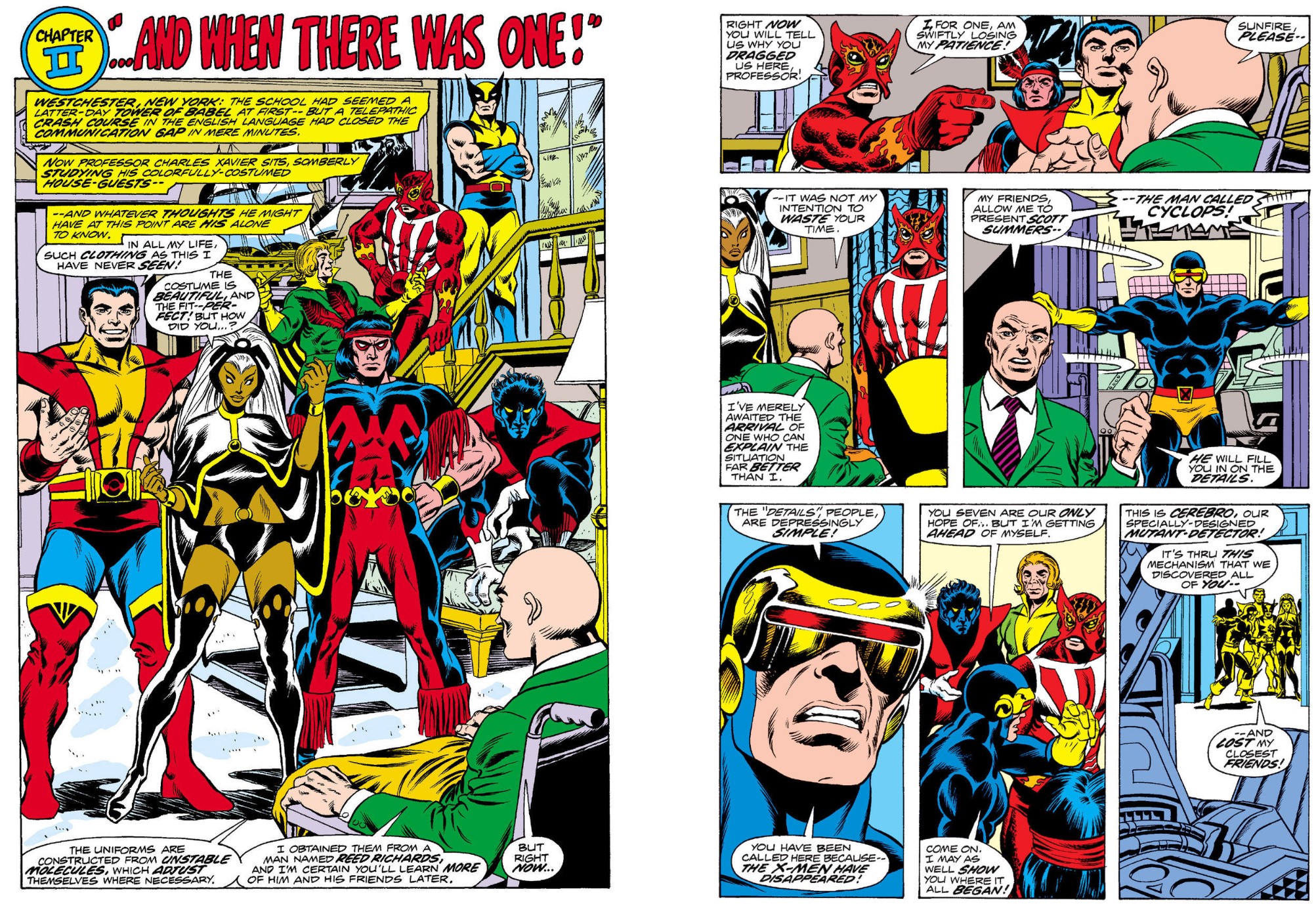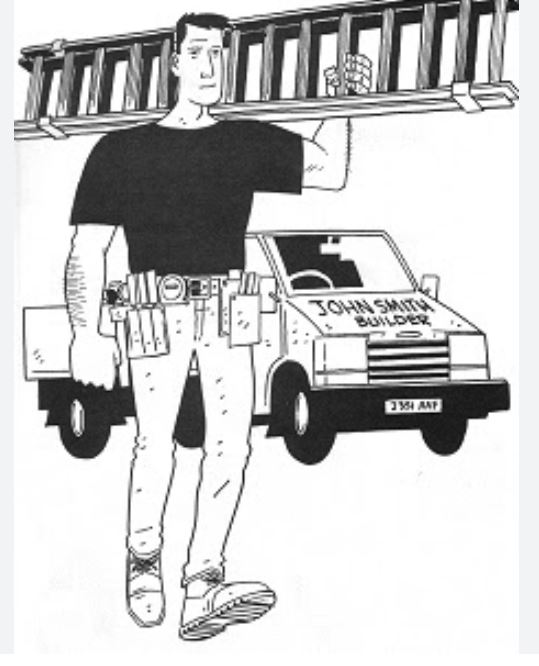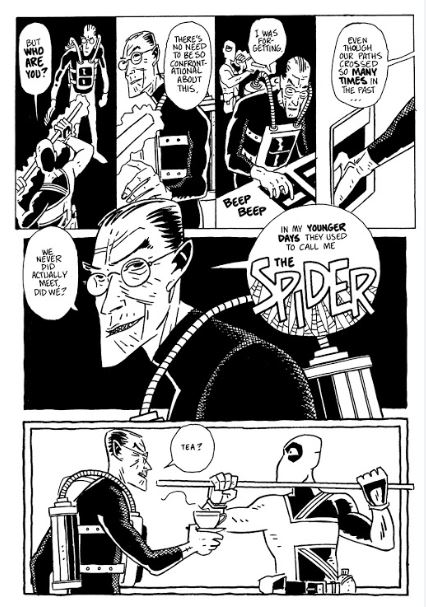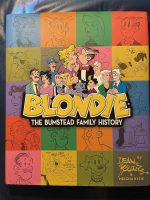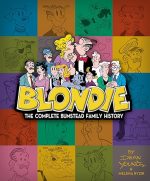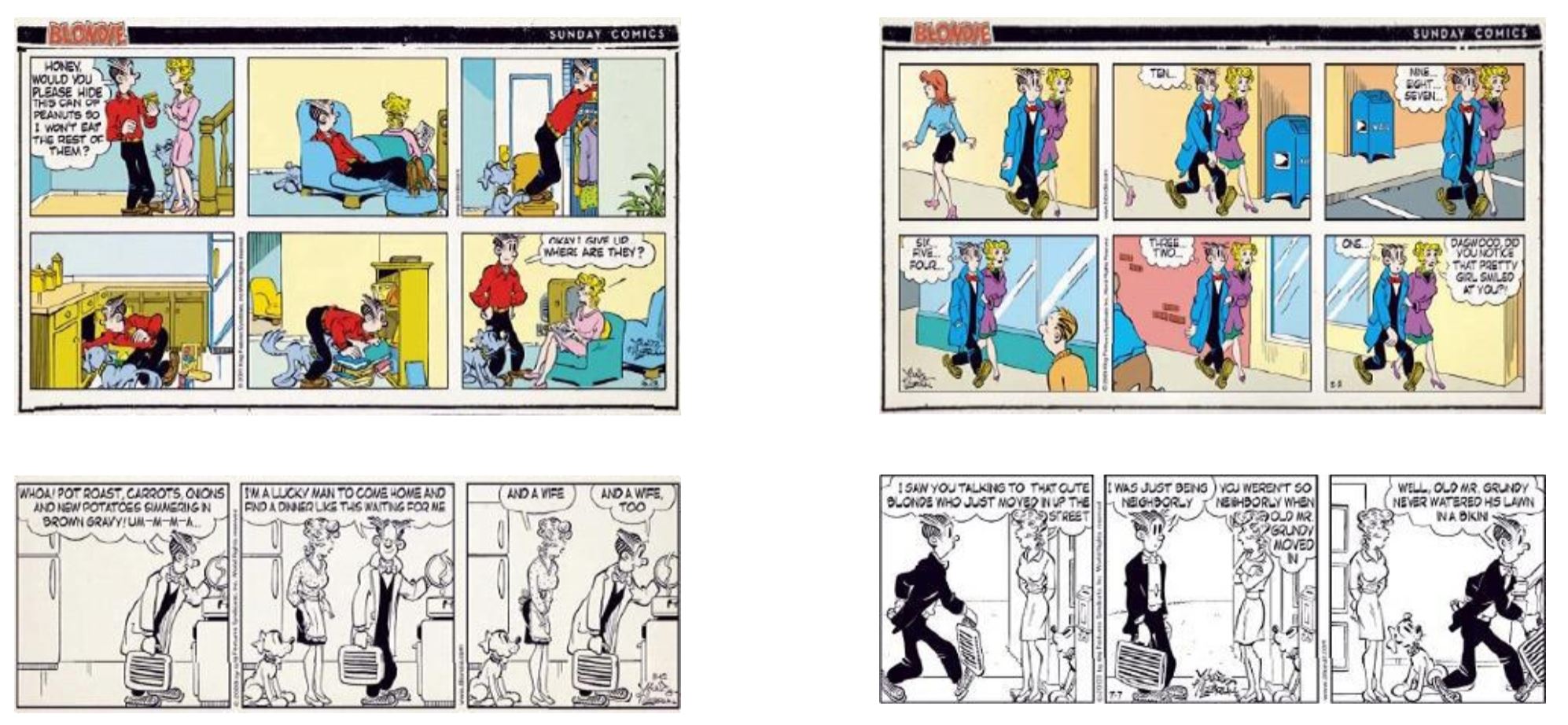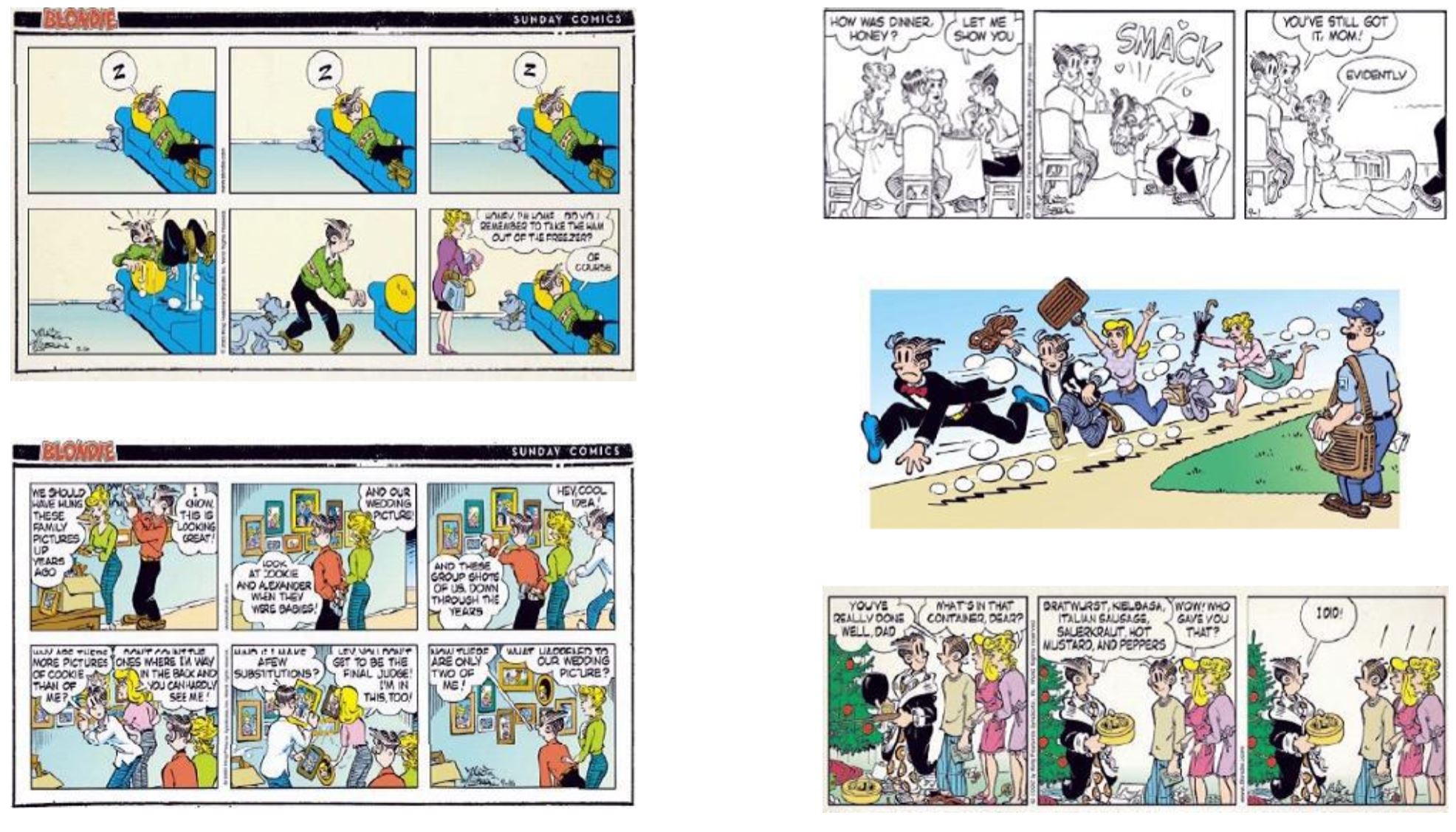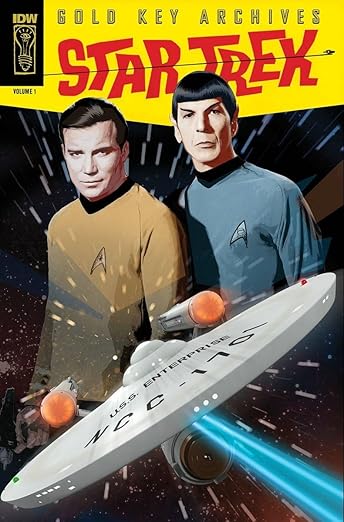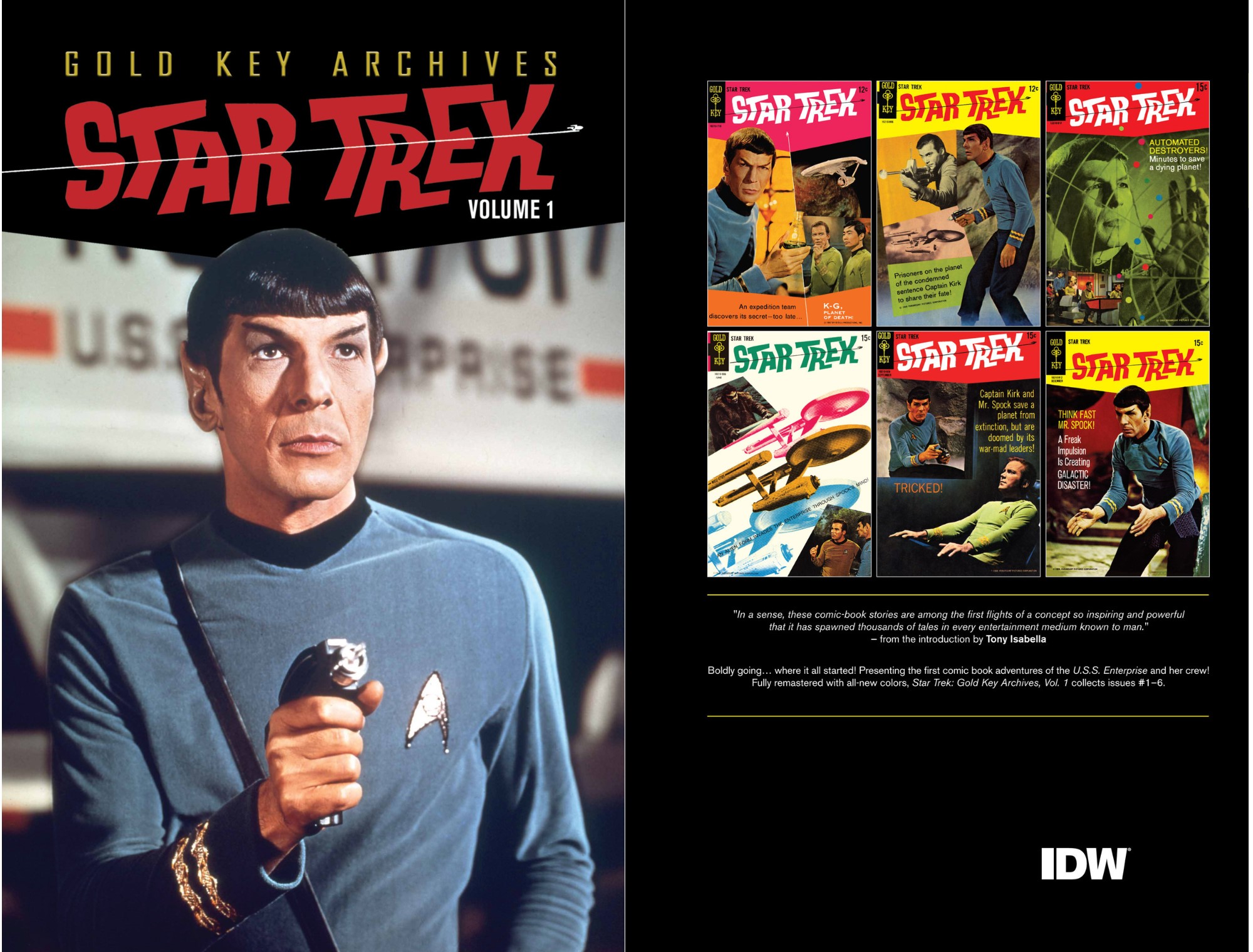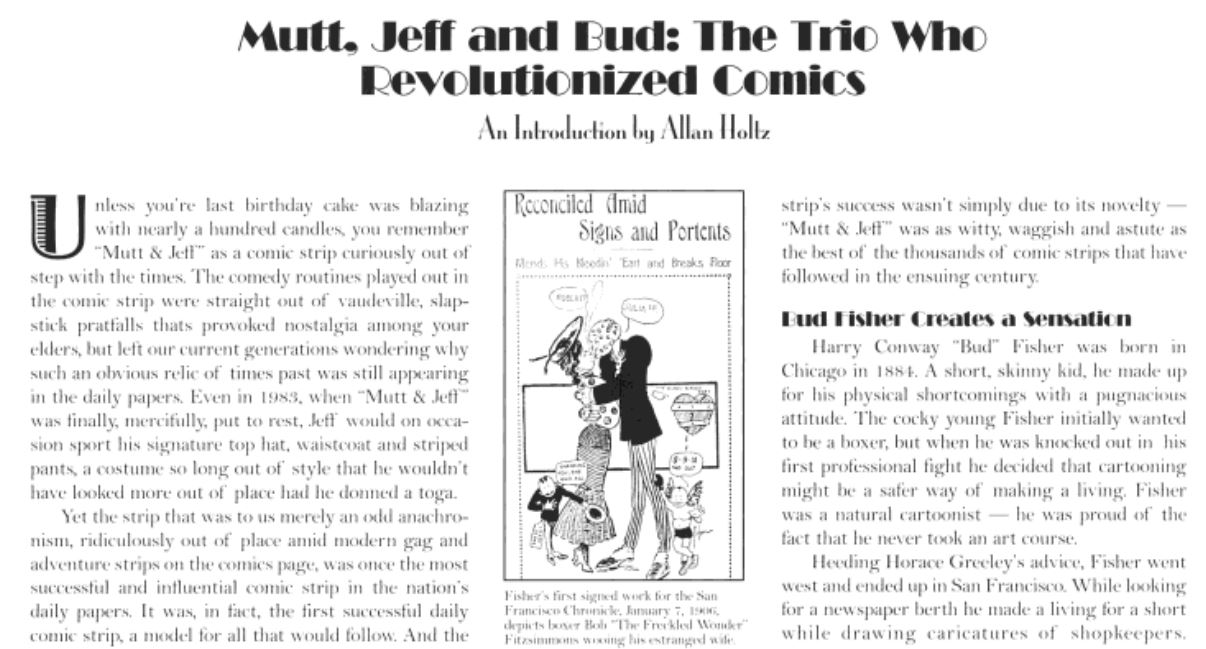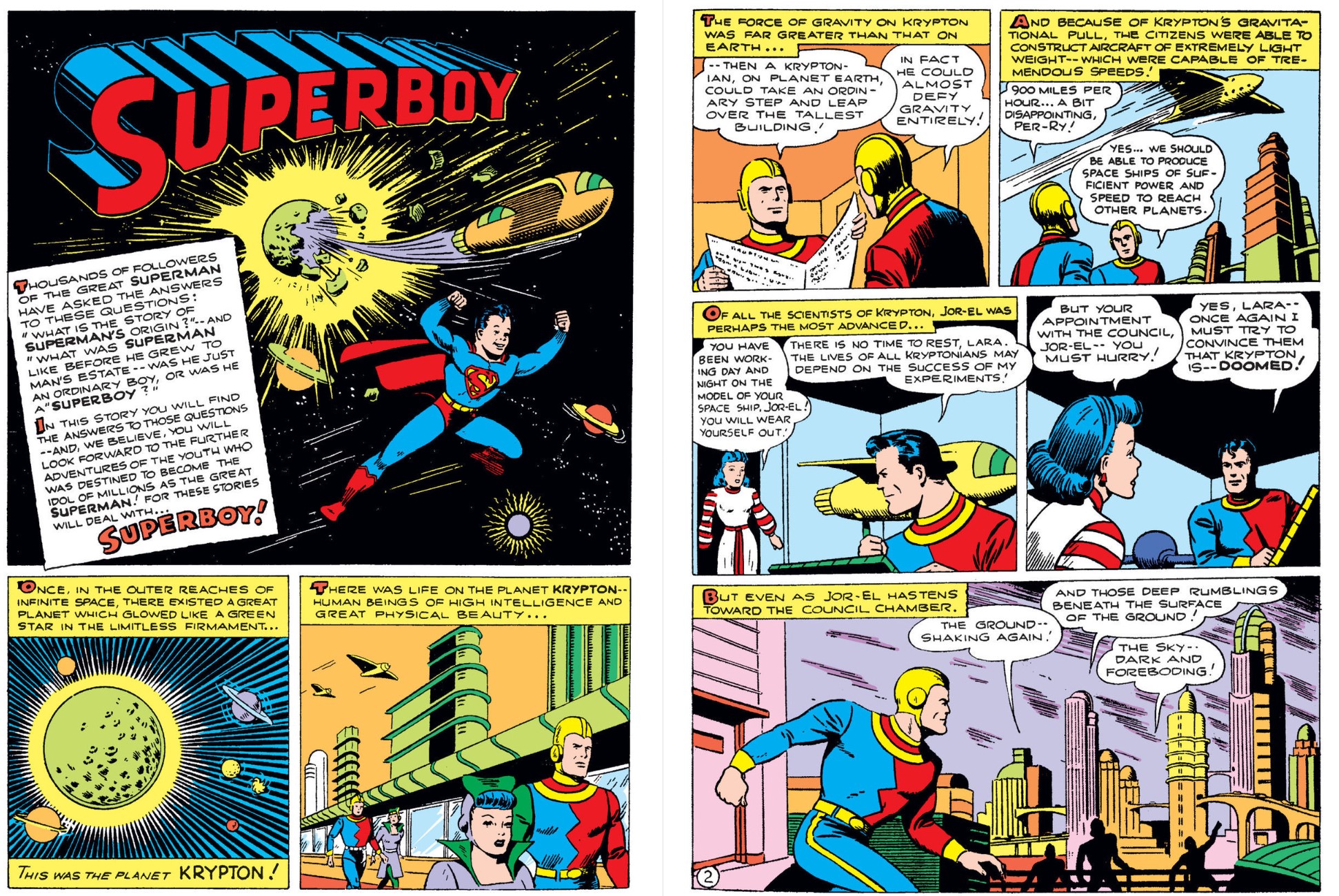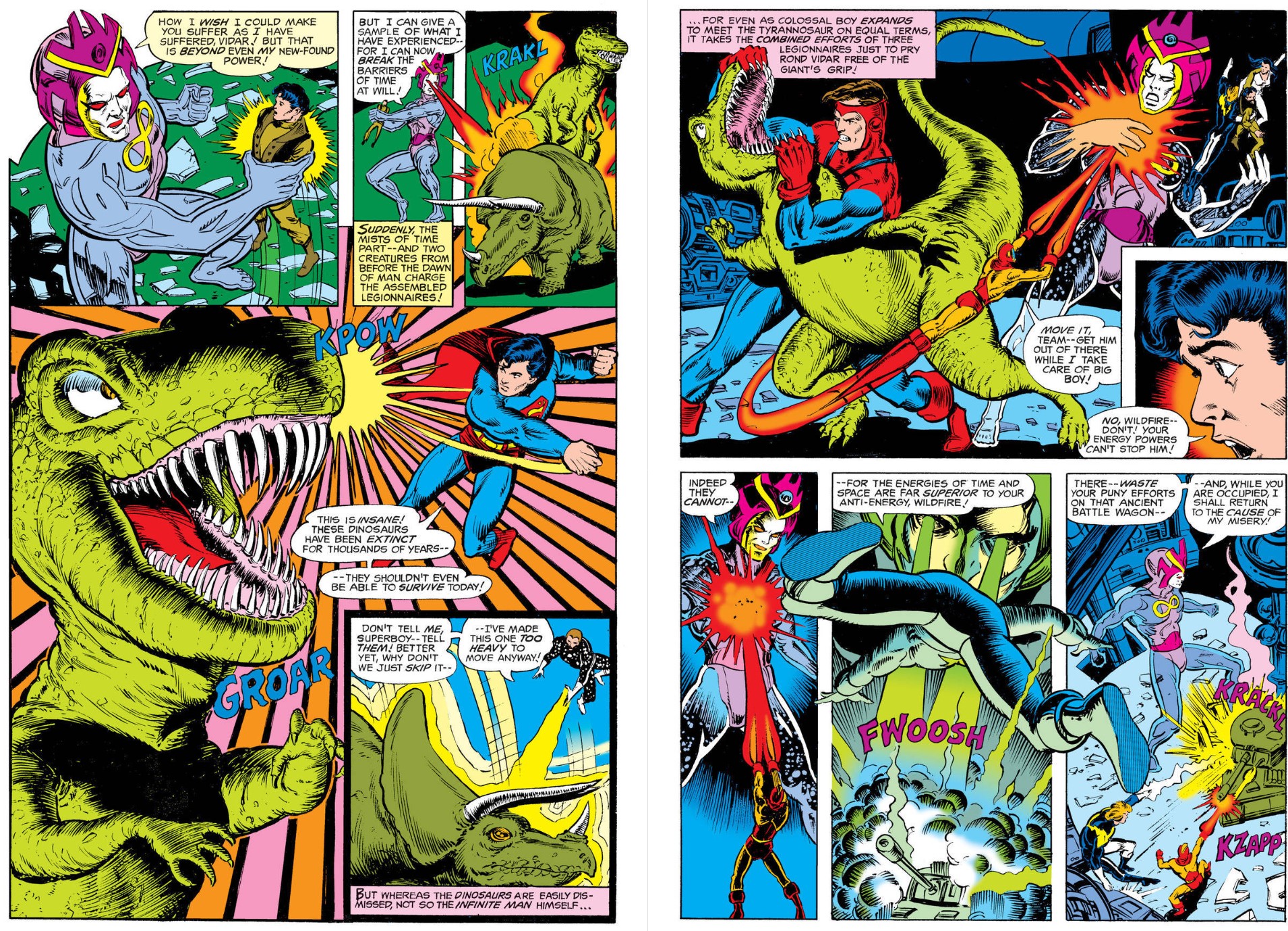

By Steve Gerber, Gene Colan, Rick Veitch, Tony DeZuñiga & Bob Smith (DC Comics)
ISBN: 978-1-4012-4051-6 (TPB/Digital edition)
This book includes Discriminatory Content produced in less enlightened times.
Today would have been Steve Gerber’s 78th birthday. For no appreciable reason, he would have found that to be quite funny. You should go read more comics by him. Here’s some many people don’t immediately think of when listing his so-many sublime star turns…
Once upon a time for fans and comics creators alike continuity could be a harsh mistress. When maintaining a faux-historical cloak of rational integrity for made-up worlds we inhabited was paramount, the greatest casualty of semi-regular reboots and sweeping changes, often meant some terrific tales suddenly never happened. Everything goes now of course, thanks to parallel world-ery, but way back whenever, it was a most painful time for me…
Many examples of this wholesale binning of entire charm-drenched mythologies happened but the convergent growth of graphic novels fortunately provided a sanctuary of sorts, such as this paean of pictorial praise for the mythology had evolved around Superman in the wonder years between 1948 and 1986.
Thankfully DC has always understood that a good story is worth cherishing. This slim, trim spectral selection gathers superb 4-issue miniseries The Phantom Zone (originally appearing from January to April 1982) and includes the very last pre-Crisis on Infinite Earths Zone yarn as first seen in DC Comics Presents #97 (September 1986). It also simultaneously celebrates the stylish and enthralling scripting of unique comics voice Steve Gerber and his most ardent collaborator Gene (Howard the Duck, Stewart the Rat) Colan.
Gerber was a uniquely gifted writer who combined a deep love of comic book continuity minutiae with dark, irrepressible wit, incisive introspection, barbed socio-cultural criticism, a barely reigned-in imagination and boundless bizarre surrealism. His stories were always at the extreme edge of any mainstream company’s intellectual canon and never failed to deliver surprise and satisfaction, especially when he couched his sardonic sorties as thinly-veiled attacks on burgeoning cultural homogenisation and commercial barbarity.
This riotous recapitulation of all that lost Man of Tomorrow ficto-history begins in ‘The Haunting of Charlie Kweskill!’ as the eponymous Daily Planet paste-up artist collapses at work. The solitary little dweeb has been sleeping badly, plagued by nightmares of a life on long-gone planet Krypton. His dreams detail how brilliant scientist Jor-El devised a non-lethal way to deal with Krypton’s most incorrigible criminals: human monsters such as Jax-Ur, Professor Va-Kox, Dr. Xadu, sadistic psycho-killer Faora Hu-Ul, potential dictator General Dru-Zod, and even Jor’s own bad & crazy cousin Kru-El…
Many lesser menaces like psionic aberrants Az-Rel and Nadira were also banished to the misty twilit realm, as well as stranger outcasts like callous biological experimenter Nam-Ek, but the one who most catches Charlie’s attention is fraudster Quex-Ul; a Kryptonian who appears to be Charlie’s doppelganger…
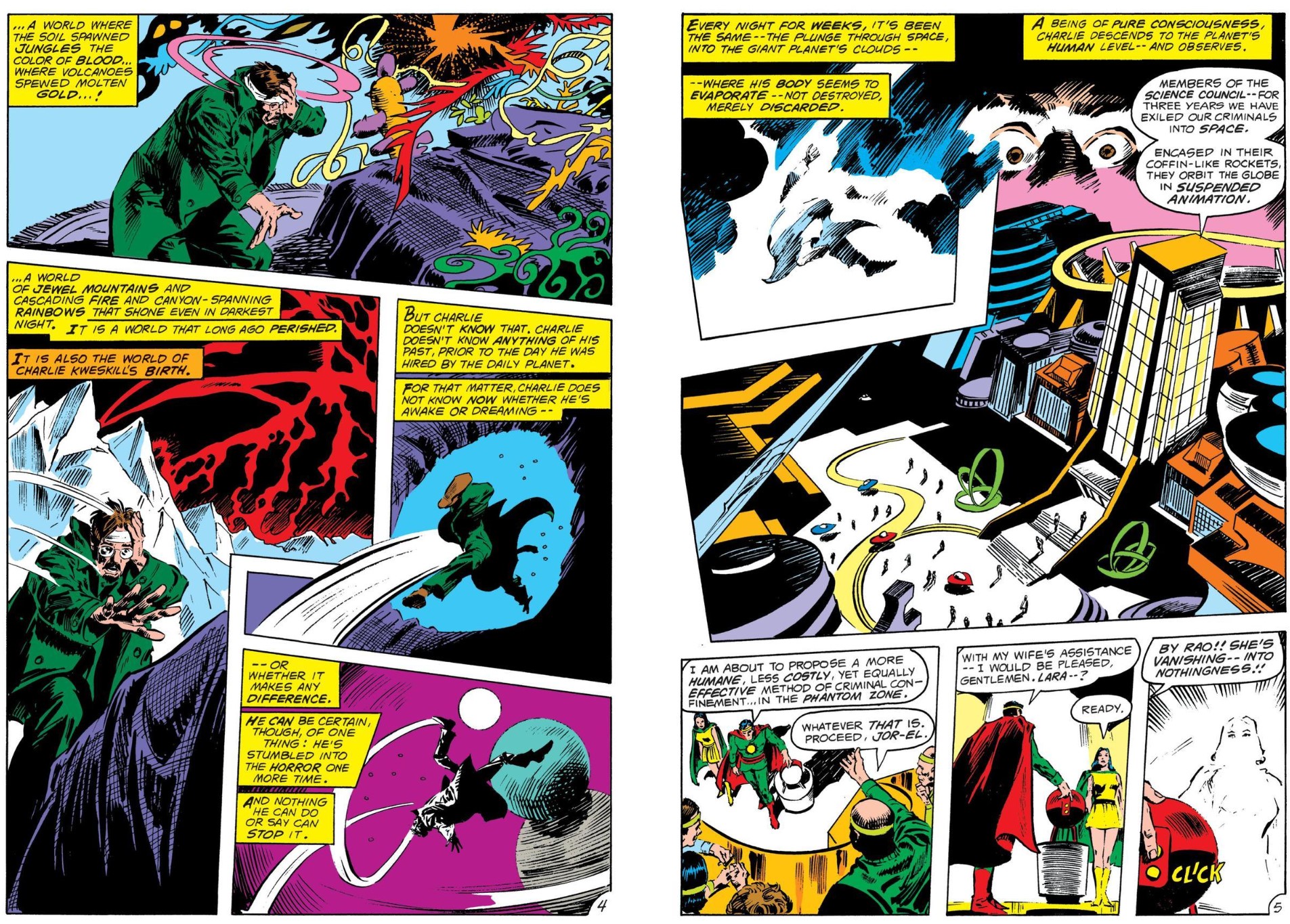
Of course, the dreams are all true: telepathic broadcasts beamed at Charlie by Zone inmates from within the plane of timeless intangibility. Quex-Ul had been one of them, surviving long after Krypton died, but was innocent of his crimes. He had been framed and mind-controlled by a mastermind who had deservedly perished when the Red Sun world detonated. Once Superman corrected the injustice and released the poor dupe, Qwex-Ul had saved the Man of Steel from a Gold Kryptonite trap, thereby losing his inherent Kryptonian abilities and memory in the process. The grateful, heartsick Action Ace had found the amnesiac a job at the Planet and almost forgot his alien origins in the years since. Charlie’s former fellow inmates had not…
Their telepathic onslaught turns Kweskill into a somnambulistic slave, unknowingly spending his nights breaking into labs and stealing high-tech components. Superman, slowly putting the puzzle pieces together, is just too late to thwart the stealthy scheme, and as he bursts into Charlie’s apartment a hastily cobbled together Phantom Zone projector hurls him and the hapless mind-slave into the ghostly region, whilst simultaneously freeing a legion of the cruellest and most bored criminals in existence…
The saga expands with ‘Earth Under Siege!’ as Superman and Charlie helplessly watch Zod, Jax-Ur, Va-Kox, Faora and Kru-El immediately undertake the next stage of their plan, leaving passively nihilistic Az-Rel and Nadira to negligently torture monstrous Nam-Ek with their psychic talents when not mocking the ranting liturgies of religious zealot Jer-Em, whose manic bigotry and fundamentalist isolationism caused the death of every person in Argo City…
Superman’s cousin Kara Zor-El had been born on the city-sized fragment of Krypton, hurled intact into space when the doomed world detonated. Eventually, Argo turned to Green Kryptonite like most of Krypton’s detonated debris, and her dying parents, observing Earth through their scopes, sent their daughter to safety as they perished. On Earth, the teenager met the Man of Steel who created for her the identities of Linda Lee and Supergirl, concealing her from the wider world whilst she learned all about her new home… and how to use her astounding new abilities in secrecy and safety.
As the emotionally disconnected, disaffected and doubly alienated youths laconically saunter through Metropolis; casually slaughtering cops and citizens, Zod’s more motivated cronies have reached Superman’s Fortress of Solitude and destroyed the only means of returning them to their extra-dimensional dungeon.
The next move is attacking the Justice League satellite, hurling it and occupants Flash, Red Tornado, Zatanna, Black Canary, Elongated Man, Firestorm & Aquaman on a non-stop trajectory out of the Solar System. Rampant Kryptonians destroy Earth’s communications satellites and trigger a mass launch of nuclear missiles, leaving Wonder Woman and Supergirl to narrowly avert atomic Armageddon whilst the frantic Man of Tomorrow can only watch in horror…
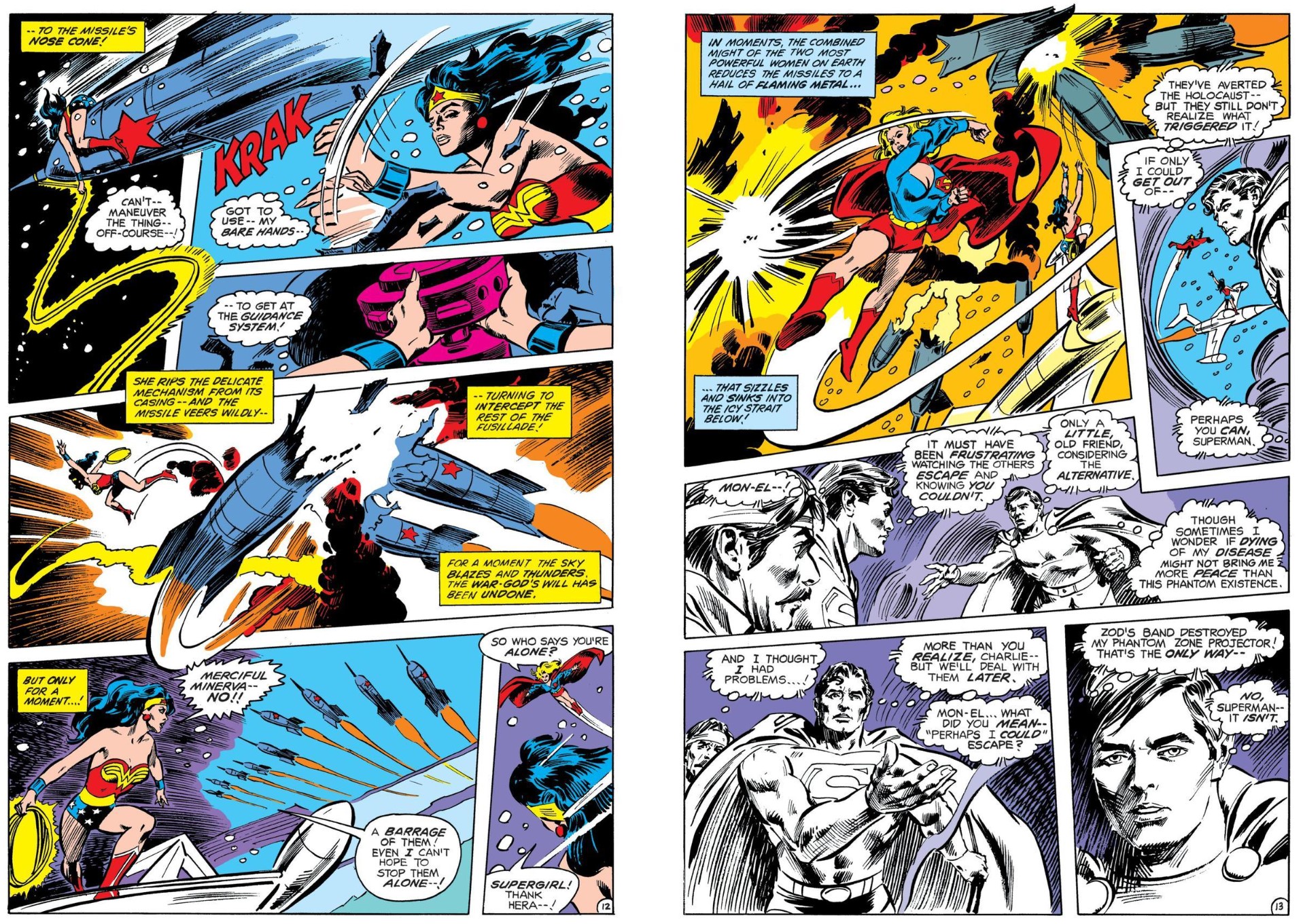
Not every Zone inhabitant is a criminal. For instance, Daxamite Mon-El was exposed to common lead in ‘Superboy’s Big Brother’ (by Robert Bernstein & Papp in June 1961’s Superboy #89) when his lingering, inexorable death was only forestalled by depositing the dying alien in the Zone until a cure could be found. Now, as Green Lantern faces the Zod Squad on Earth only to be soundly beaten and have his Power Battery stolen, Mon-El informs Charlie and Superman of a possible back way out of the realm of hellish nullity…
On Earth, as Wonder Woman subdues Nam-Ek, Supergirl checks in with Batman, desperately trying to ascertain where Superman has gone. As the Dark Knight heads to Metropolis to investigate, Kara returns to the Fortress and is ambushed by Kryptonian escapees and beaten near to death…
With no other choice, Charlie and Superman reluctantly pass through a dimensional portal even the obsessed villains were too scared to risk, encountering surreal madness in ‘The Terror Beyond Twilight!’…
Back in the physical world of touch and time, Supergirl saves herself from ghastly atomic disintegration as Charlie and Superman pass through stormy turbulence and a tedious waiting-room-realm before arriving on a peculiar plane where they are confronted by luscious sirens with impossible riddles and exploding heads. Their narrow escape from the Priestesses of the Crimson Sun only leads to Kryptonian wizard Thul-Kar who magicked himself into the Zone in ages past and now slavishly serves an erratic, malevolent sentient universe named Aethyr. It wants to consume Charlie and Superman but only by passing through it can they reach the physical world again…
On Earth, chaos reigns. Batman is utterly unable to pacify extremist Jer-Em, who deems the planet impure, unclean and unholy. He would rather die than soil his Kryptonian purity here.
… And high above the world, other freed villains have their own plan to fix the situation: a gigantic Phantom Zone Cannon to inexorably and eternally banish Earth into the twilight dimension in the course of one full rotation…
The drama comes to a tragic conclusion in ‘The Phantom Planet!’ as Az-Rel and Nadira, having found kindred spirits amongst Metropolis’ disenfranchised Punk Rock counterculture – before killing them – encounter Jer-Em in martyr mode. The now-suicidal cleric is quite keen on taking the rest of the apostate Kryptonians with him…
As the world turns into intangibility, in France, Faora has briefly resumed her passion for murdering males (before they’re all gone) whilst in Aethyr’s universe an appalling sacrifice enables Superman to return to physicality just in time to lead a last desperate charge, saving the day and putting the villains back where they belong… those still alive, that is…
The remainder of this fantastic collection recounts the tying up of all those intriguing concepts and loose ends in a spectacular sidebar to the end of DC’s original universe.
In 1986 the company celebrated its 50th year with groundbreaking Crisis on Infinite Earths: radically overhauling a convoluted multiversal continuity and starting afresh. All Superman titles were cancelled or suspended pending a back-to-basics reboot courtesy of John Byrne, allowing for a number of very special farewells to the old mythology. One of the most intriguing and challenging came in the last issue of DC Comics Presents (#97) wherein ‘Phantom Zone: the Final Chapter’ by Gerber, Rick Veitch & Bob Smith offered a creepy adieu to a number of Superman’s greatest foes.
Tracing Jor-El’s discovery of the Phantom Zone through to imminent multiversal annihilation, this dark yarn built on Gerber’s landmark miniseries and revealed that the dread region of nothingness was in fact a sentient echo of a dead universe which had always regarded the creatures deposited within it as irritants and agonising intruders.
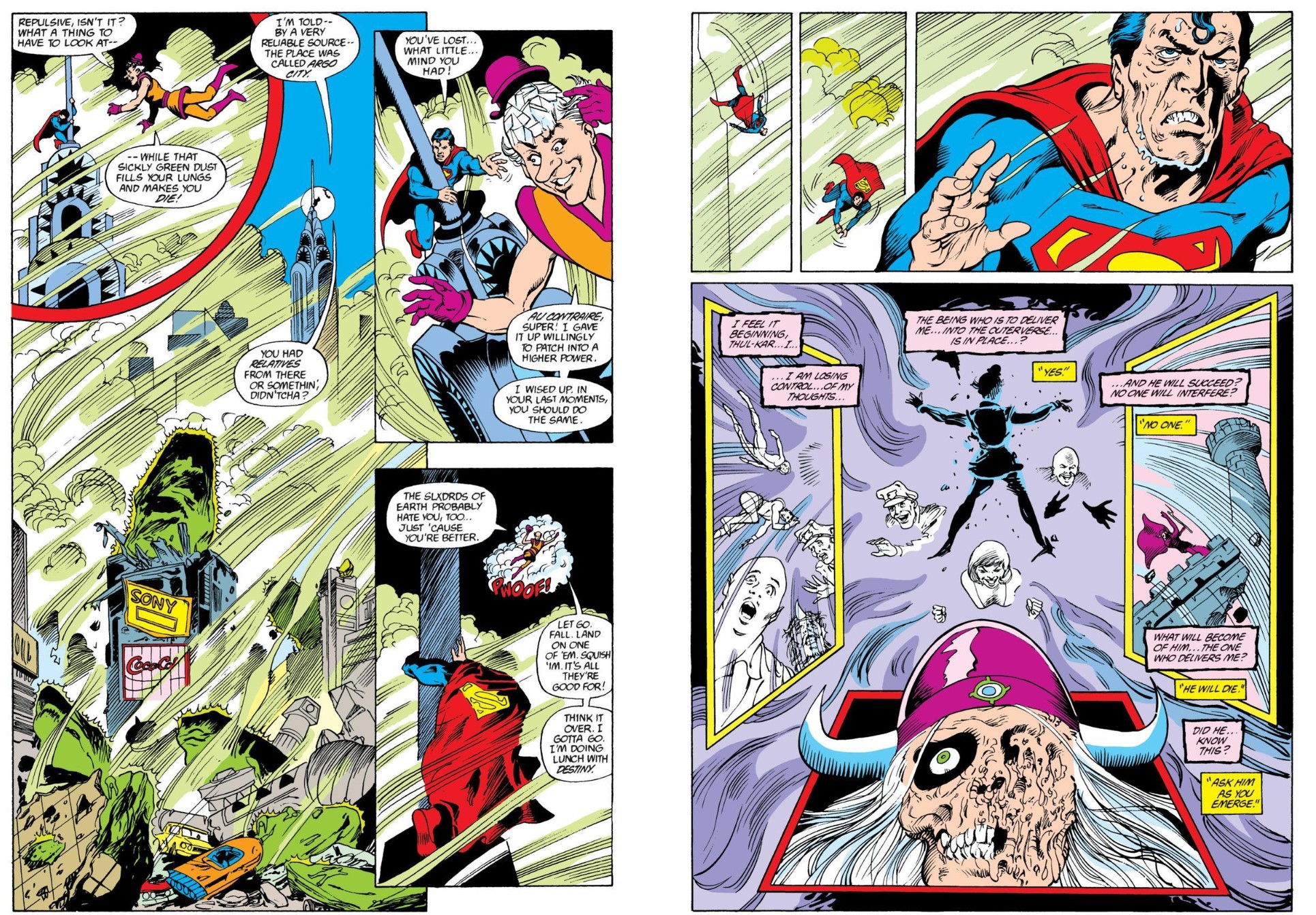
Now as cosmic carnage reigns Aethyr, still served by Kryptonian mage Thul-Kar, causes the destruction of the Bizarro World “Htrae” and the deification/corruption of Fifth Dimensional pest Mr. Mxyzptlk, as well as the subsequent crashing of Argo City on Metropolis. As a result Zod and fellow immaterial inmates are freed to wreak havoc upon Earth – but only until the now-crystalline pocket dimension merges with and absorbs the felons, before implausibly abandoning Superman to face his uncertain future as the very Last Son of Krypton…
Superman has proven to be all things to all fans over his decades of existence and Gerber’s takes on these timeless tales of charm, joy and wholesome wit are unique and more necessary than ever: not just as a reminder of great tales of the past but as an all-ages primer of wonders still to come…
© 1982, 1986, 2013 DC Comics. All Rights Reserved.


